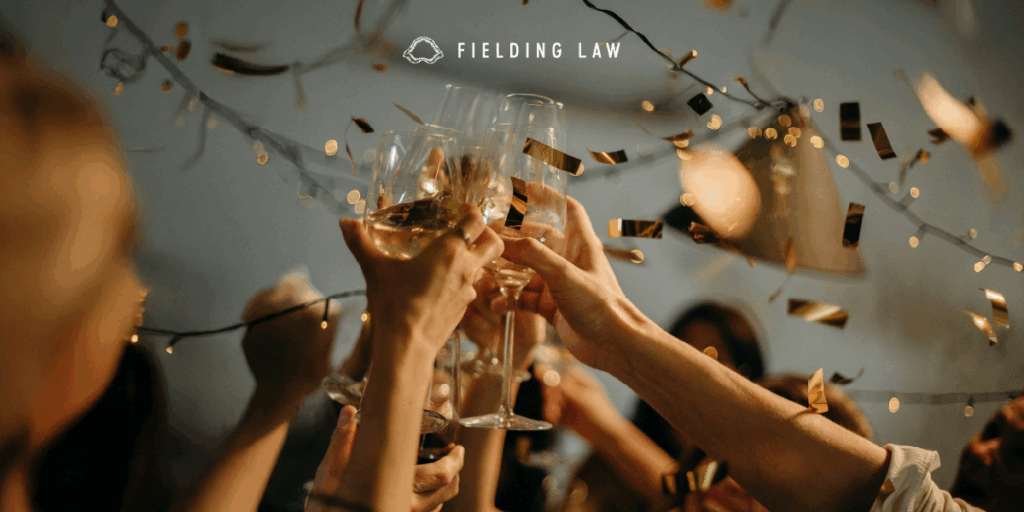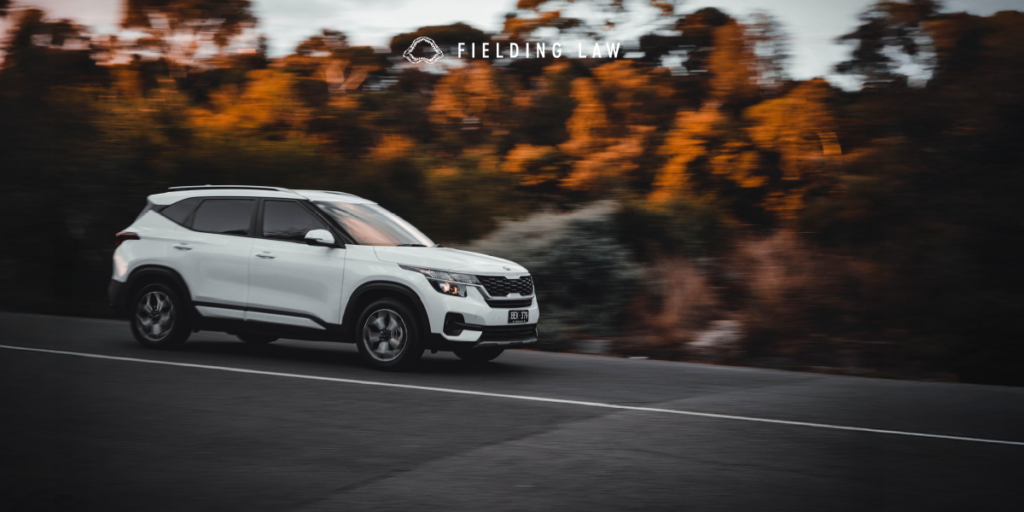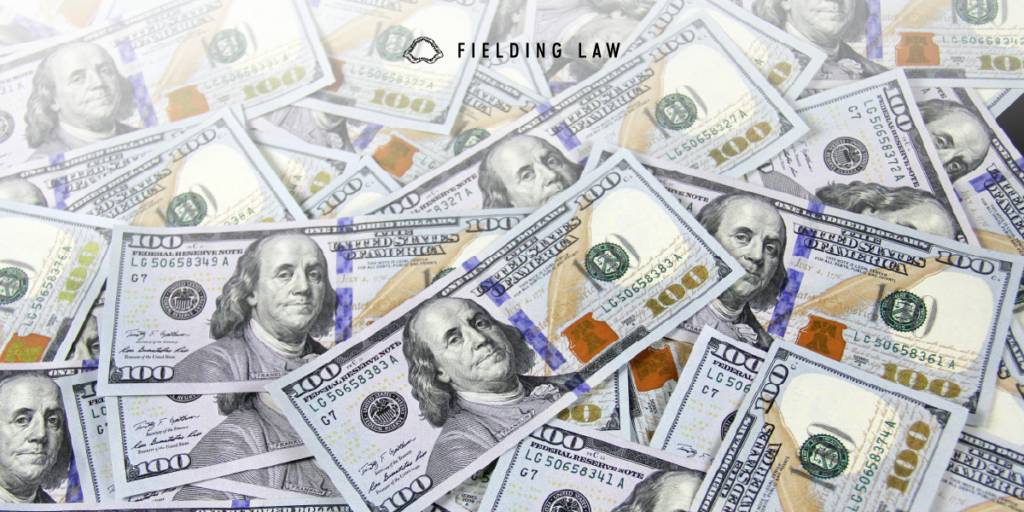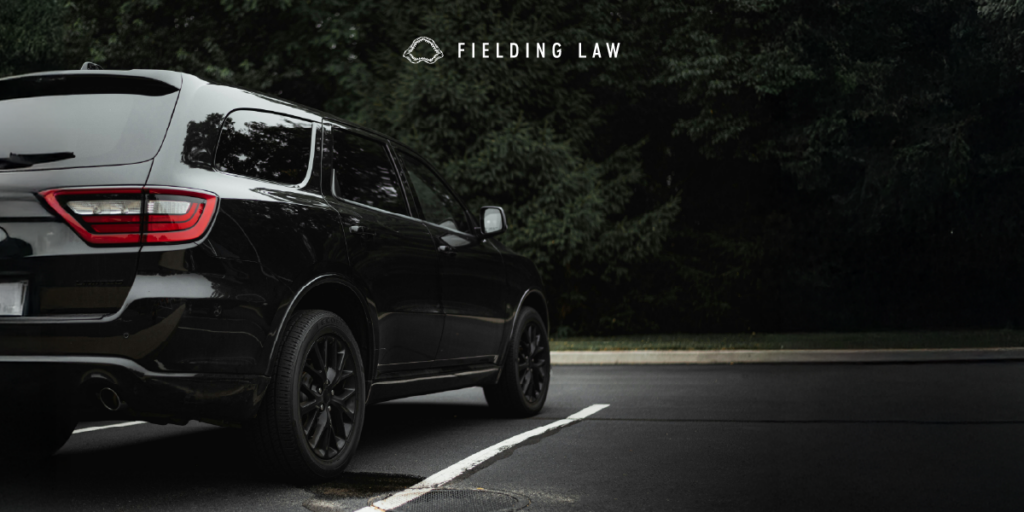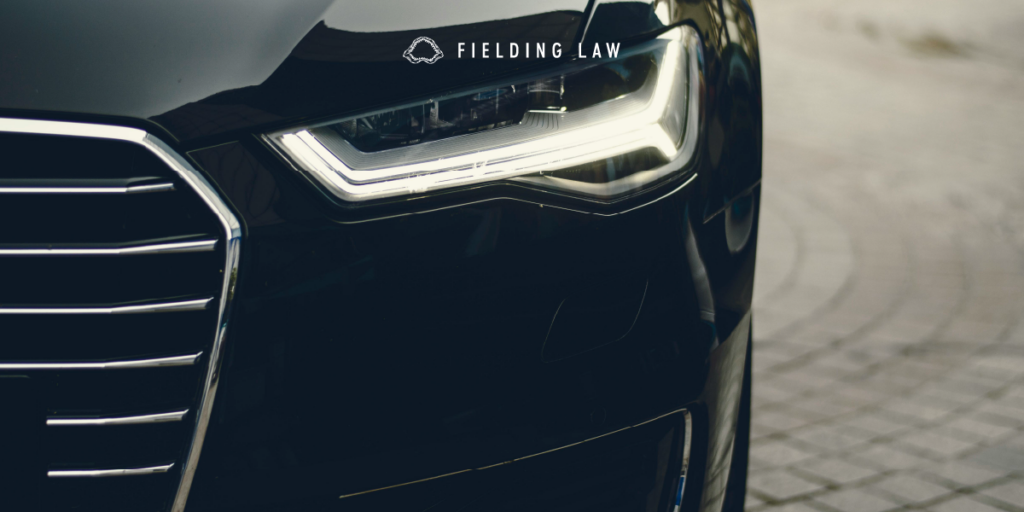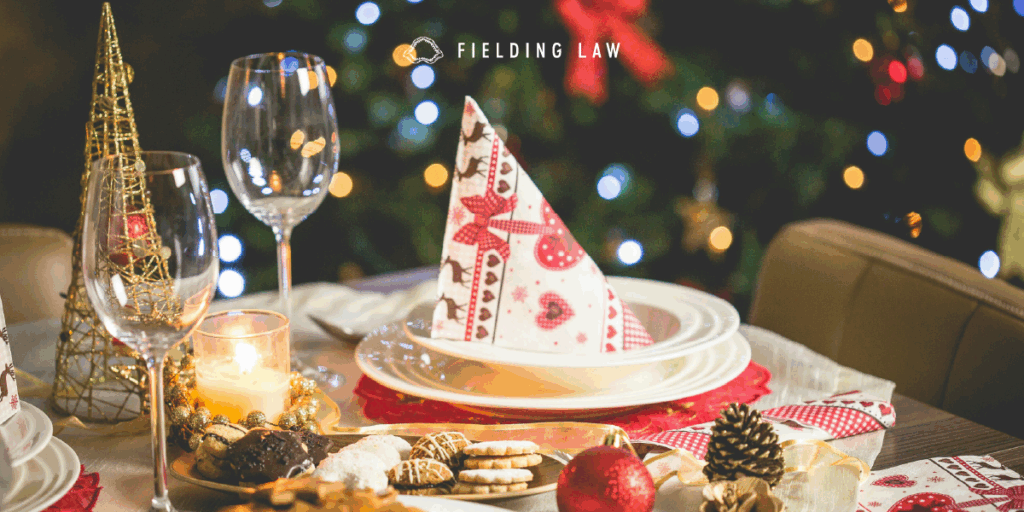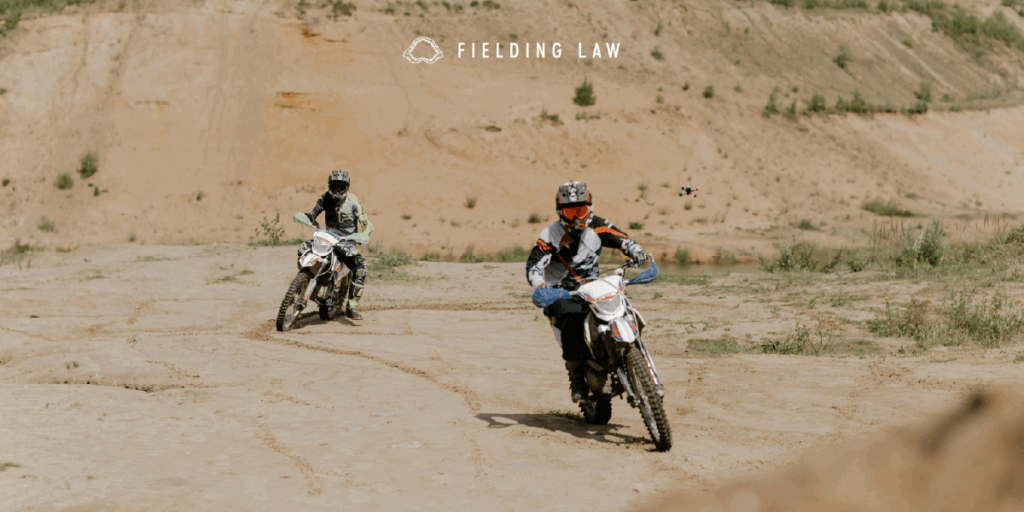
Understanding Dirt Bike Laws in Arizona
Arizona offers wide-open landscapes that make it one of the best states to ride off-road. Many riders wonder whether their dirt bikes can be ridden on public roads. In fact, if you want your dirt bike street legal in Arizona, you must follow strict rules for equipment, registration, and insurance.
What Makes a Dirt Bike Street Legal
To ride a dirt bike on public roads, you must equip it with the same safety features as a motorcycle. These include:
-
Headlight and taillight that stay on at all times
-
Brake light and functional brakes
-
Rearview mirror and horn
-
DOT-approved tires for pavement
-
License plate with a visible light
-
Muffler and spark arrestor
-
Turn signals (if made after 1972)
In addition, riders need a valid driver’s license with a motorcycle endorsement and must carry liability insurance that meets Arizona’s minimum standards.
Dirt Bikes vs Motorcycles
Although dirt bikes and motorcycles may look similar, they serve very different purposes under Arizona law. A motorcycle is designed primarily for paved roads and must always meet on-highway safety and registration standards. Dirt bikes, however, are built for trails and rugged terrain. Their tires, suspension, and design focus on off-road control rather than highway stability.
Because of these differences, dirt bikes often require significant modifications to become street legal. Riders who fail to make these adjustments or who ride off-road bikes on city streets without proper equipment could face fines, legal issues, or denied insurance claims. Understanding these distinctions helps riders stay compliant and safe while enjoying Arizona’s diverse riding opportunities.
Registration and OHV Decals
If you want your dirt bike street legal in Arizona, you must register it with the Arizona Motor Vehicle Division (MVD) for on-highway use. Also, all off-highway vehicles (OHVs), including dirt bikes, require an OHV decal on the license plate.
The decal helps fund trail maintenance and safety programs across Arizona. Even if you mostly ride off-road, you still need the decal when riding on public lands or forest trails.
Off-Road Use vs Street Use
Many riders keep their dirt bikes for off-road use only. In those cases, registration and insurance rules are less strict. However, if you ride on public roads without proper equipment or registration, you can face fines or citations.
Moreover, if you crash on a public road with an unregistered dirt bike, you could face challenges with your insurance claim or personal injury case.
Accidents Involving Dirt Bikes
Off-road and dual-sport riders face a higher risk of serious injuries because of limited protection and visibility. Common injuries include fractures, head trauma, and spinal injuries. If an accident happens on a trail or roadway, you need to know your legal rights.
If another driver’s negligence caused your crash, you may qualify for compensation for medical expenses, lost wages, and pain and suffering.
Why Hire Fielding Law
At Fielding Law, our team knows how quickly an off-road adventure can turn dangerous. We protect injured riders and make sure insurance companies treat them fairly. Whether your dirt bike accident happened on a desert trail or a city street, our attorneys can guide you through your options and help you pursue the compensation you deserve.
Call 833.88.SHARK to schedule a free consultation with someone from our compassionate and experienced team today.
Note: Information provided is for educational purposes and does not constitute legal advice. Always consult with a qualified attorney for legal concerns.

